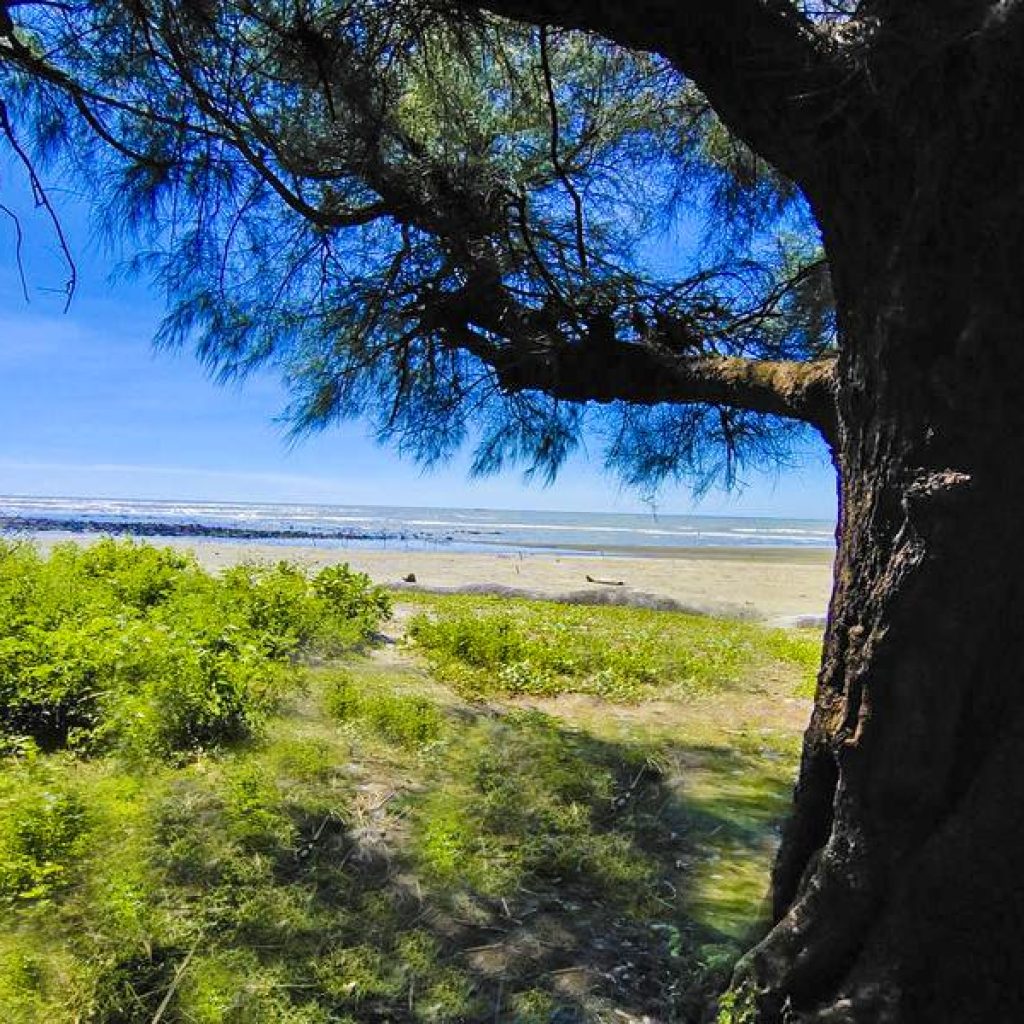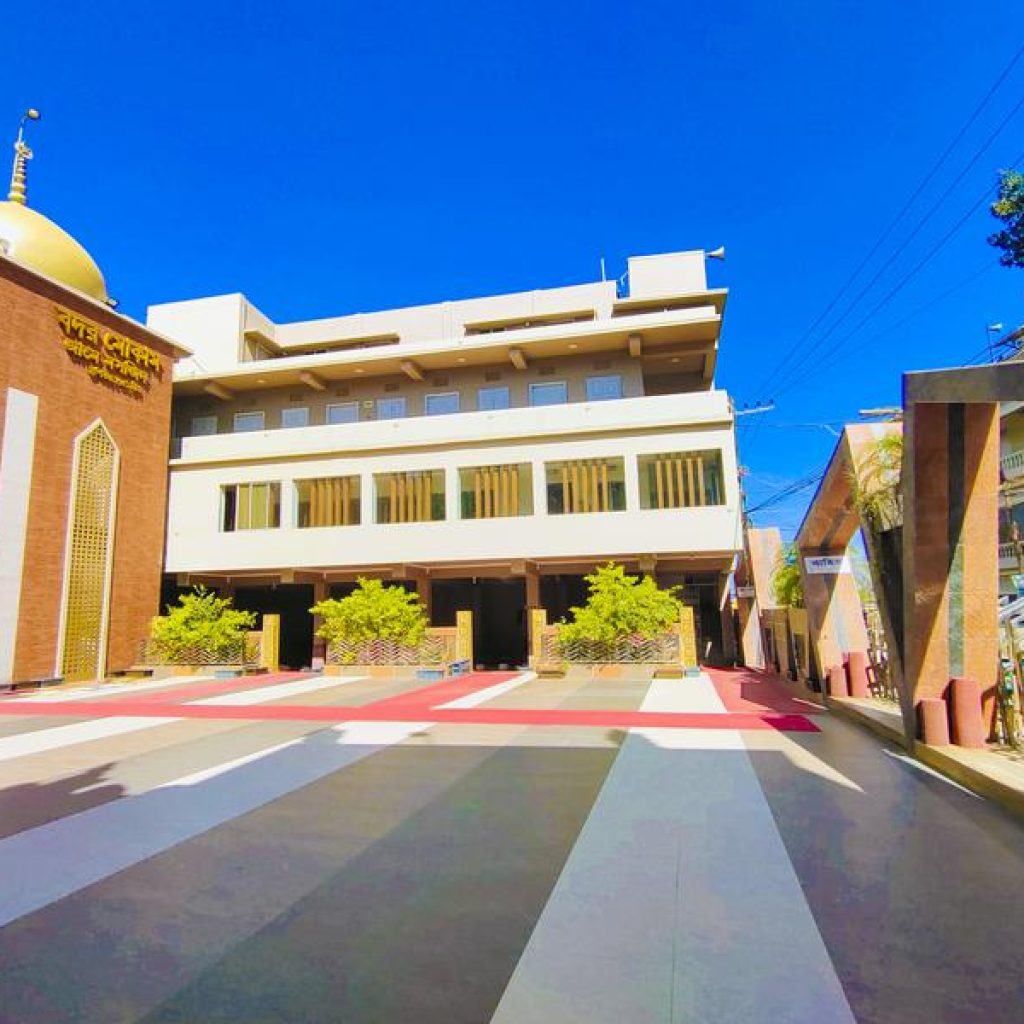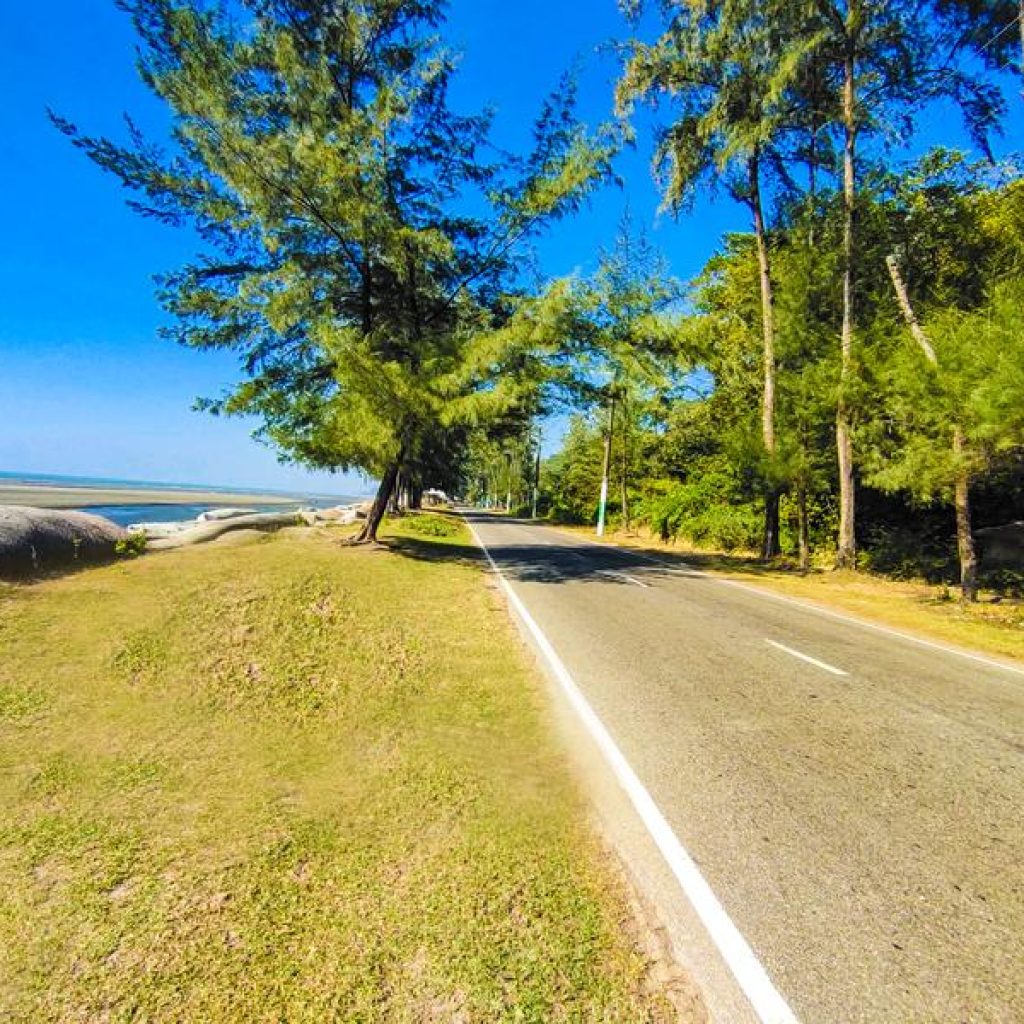There are more than 1.5 million tourists in Cox’s Bazar every year because of its natural beauty and 120 km of unbroken sandy beach. The capital of Bangladesh is already showing signs of growth in the tourism industry. Compared to Bali, Indonesia, Kuala Lumpur, Malaysia, etc., Cox’s Bazar has huge potential to become an alternative destination. With its natural beauty, the world’s longest unbroken sandy beach, and low prices compared to other South-East-Asian destinations, Cox’s Bazar in Bangladesh can be the most popular destination in South-East Asia. Cox’s Bazar, Bangladesh: conflict or coexistence? Development is questionable due to unplanned tourism development and economic priorities. Although it has some world-class accommodations, one international airport, and beautiful guest houses, tourism in this area results in the development of facilities like hotels, restaurants, airports, gift shops, and so on.
Moreover, Cox’s Bazar is Bangladesh’s most visited destination, according to the Bangladesh Tourism Board. Located in Cox’s Bazar, Laboni Beach is the main beach. The Bay of Bengal offers scenic beauty to visitors at this place. Besides Kolatoli Beach and Inani Beach, there are many other popular places to visit, such as Himchori, Radar station, Teknaf, Sonadia Dip, Saint Martin, Mahesh Khali, and many others. In addition, visitors can engage in a range of activities, including sunbathing, surfing, jogging, cycling, and swimming. The main beach is surrounded by a number of shops selling souvenirs, locally made clothes, dresses, bed sheets, and accessories.
A major source of tourism is Bangladeshi domestic tourists, but there are also some major tourist sources in the UK, Korea, Japan, USA, India, Australia, Nepal, and Pakistan. Furthermore, Cox’s Bazar is the longest uninterrupted shark-free sea beach in the world and a top contender in the competition to be named the World’s New Seven Natural Wonders for 2008. Tourism development, promotion, and marketing are the principal objectives of the destination. The tourism industry in Cox’s Bazar has gained more attention and development following the independence war; however, tourism success in terms of foreign tourists has not been significant due to political and social instability in the country as a whole.


Among the benefits of Cox’s Bazar is the development of infrastructure, the improvement of accommodation facilities, the creation of employment opportunities, and the improvement of security services and entertainment. According to a top employee of the Bangladesh Tourism Board, tourism development in Cox’s Bazar can benefit both locals and the entire country because it is the country’s capital. To develop tourism in Cox’s Bazar, several master plans have been developed. Another interviewee from Bangladesh Parjatan Corporation emphasized the importance of these tourism master plans in Cox’s Bazar. According to the interviewee, a Masterplan has been developed for the development of tourism in Cox’s Bazar in recent years. Over ten thousand acres of land have been designated as a tourism-protected area under the Tourism Protected Area Program. A tourism zone has been established at Sabrung in Cox’s Bazar; over 400+ hotels and motels are now located in Cox’s Bazar; private sector investment is increasing steadily. Tourism development improves the economic and physical conditions of developing countries, as both claim it.

It has been asserted by locals that tourism development in Cox’s Bazar has great benefits, but it also has some terrible effects on the region. While tourism developers primarily emphasize the benefits of tourism development in contrast to some of the negative arguments made by community residents. According to Cox’s Bazar Development, so far there have been no conflicts between tourism development and regional citizens. As well as creating huge employment opportunities, improving local infrastructure, providing opportunities for cultural exchange between hosts and guests, educational development, and improving the overall living standard of the local population, Cox’s Bazar offers incredible benefits for locals.
Tourism development in Cox’s Bazar has benefited the local people both economically and culturally, according to Bangladesh Tourism Board and Bangladesh Parjatan Corporation.